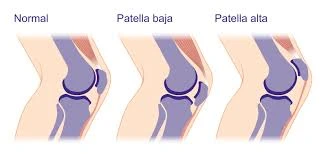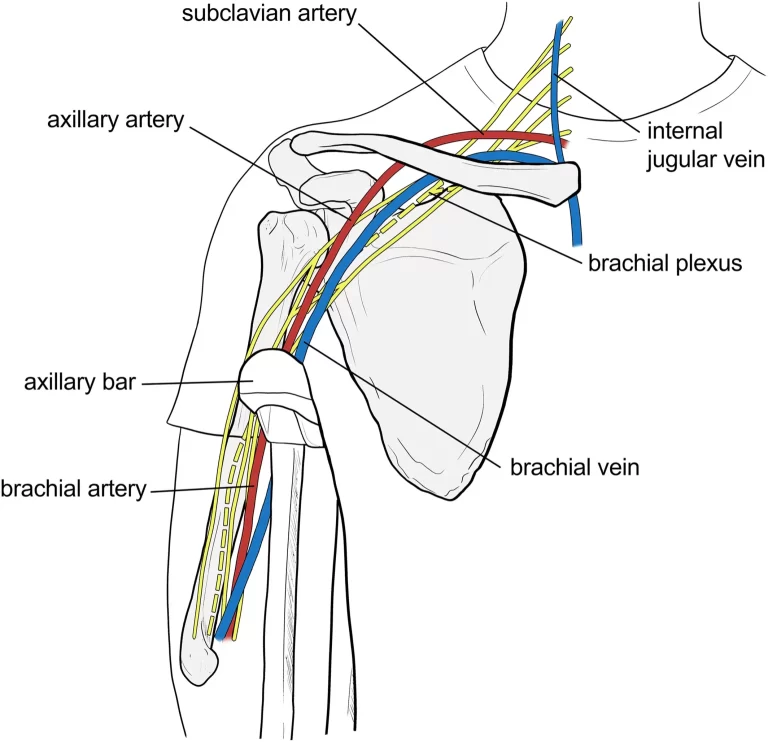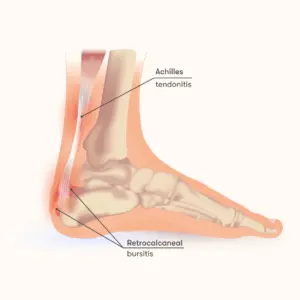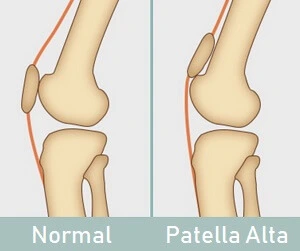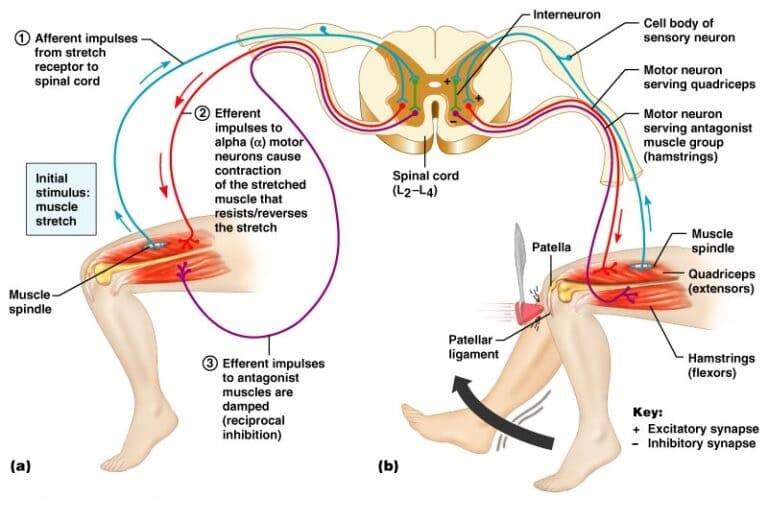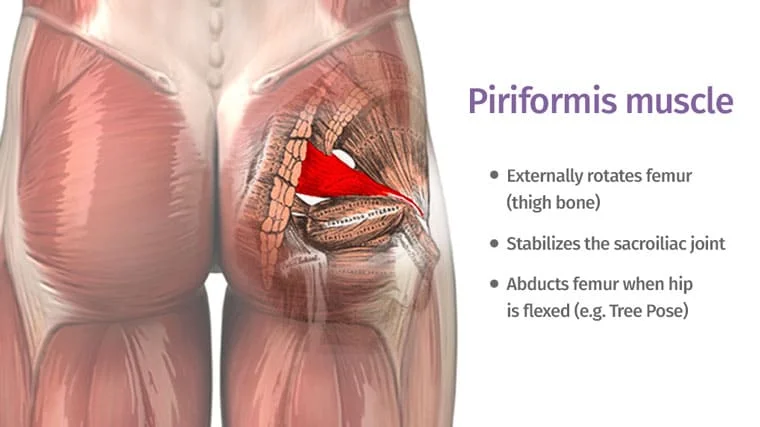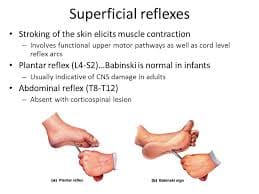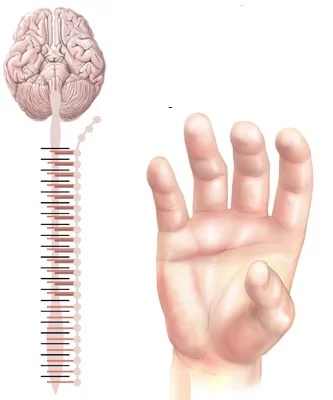Patella Baja
What is Patella Baja? Patella Baja is a condition characterized by an abnormally low position of the patella (kneecap) in relation to the femur (thigh bone). It typically occurs following knee surgeries such as total knee replacement or after trauma, where scar tissue formation restricts the movement of the patella, pulling it downward It may…

